TIME CAPSULES
Learn how to make a time capsule about your life and the things that you like to do

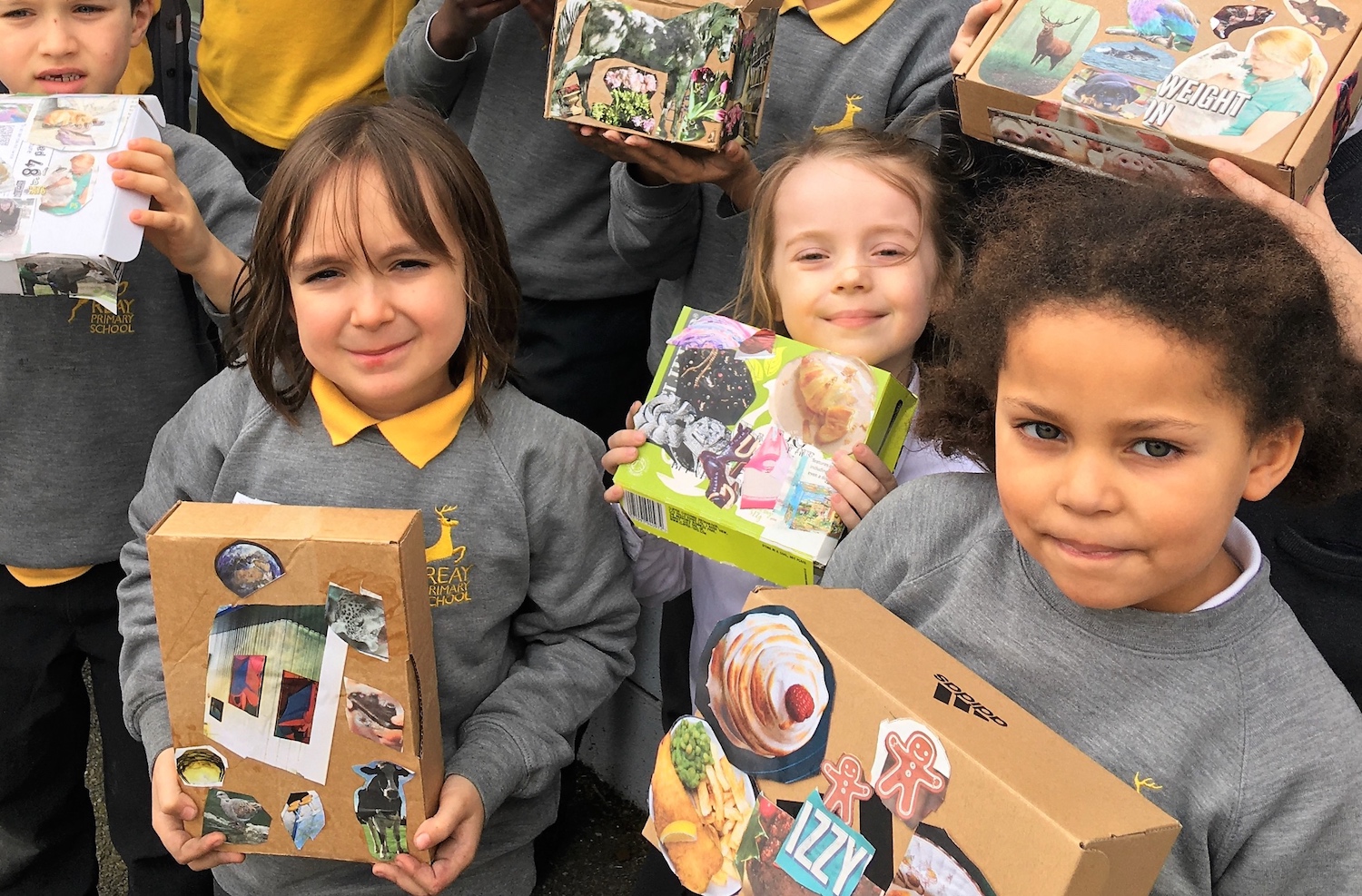
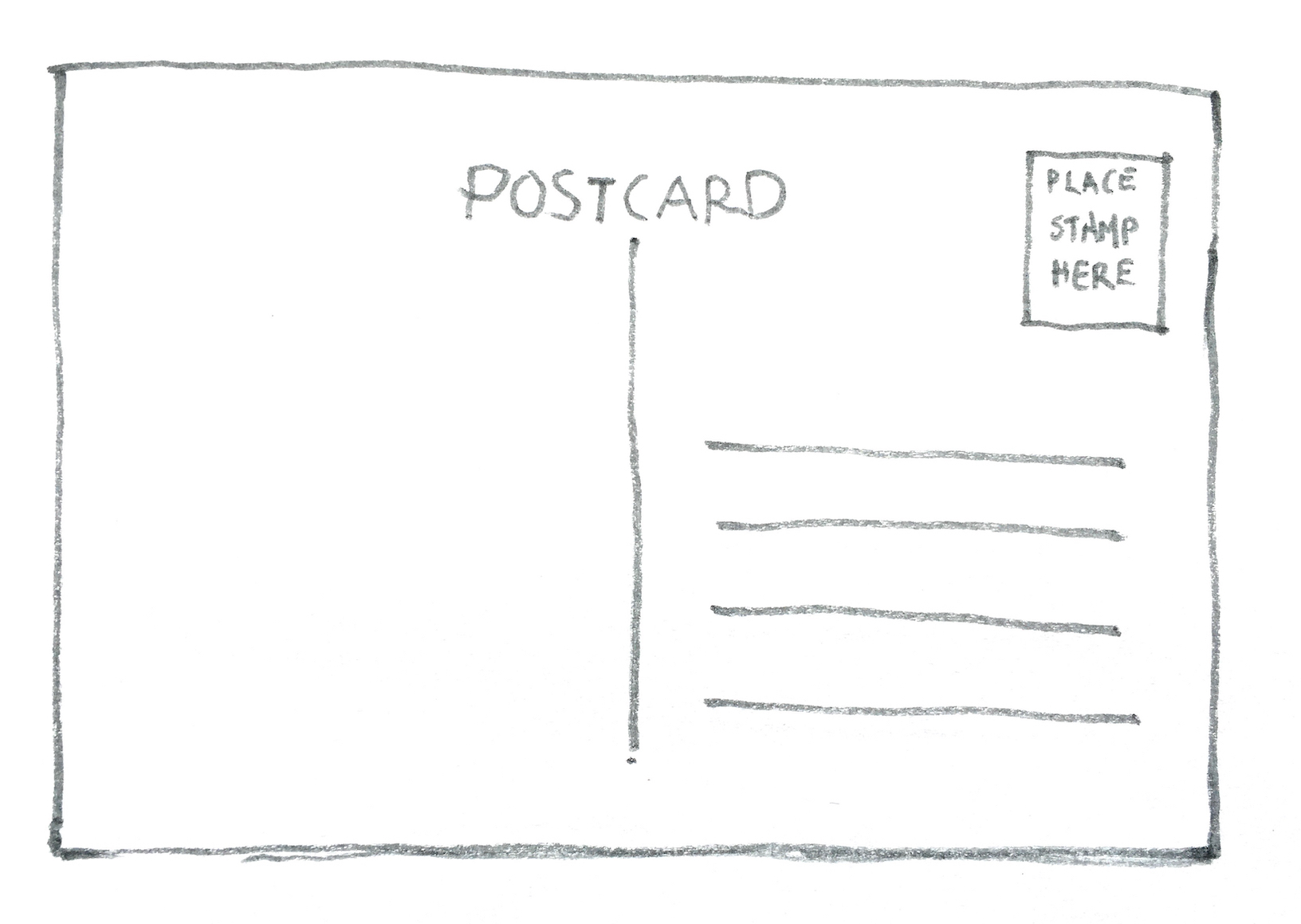
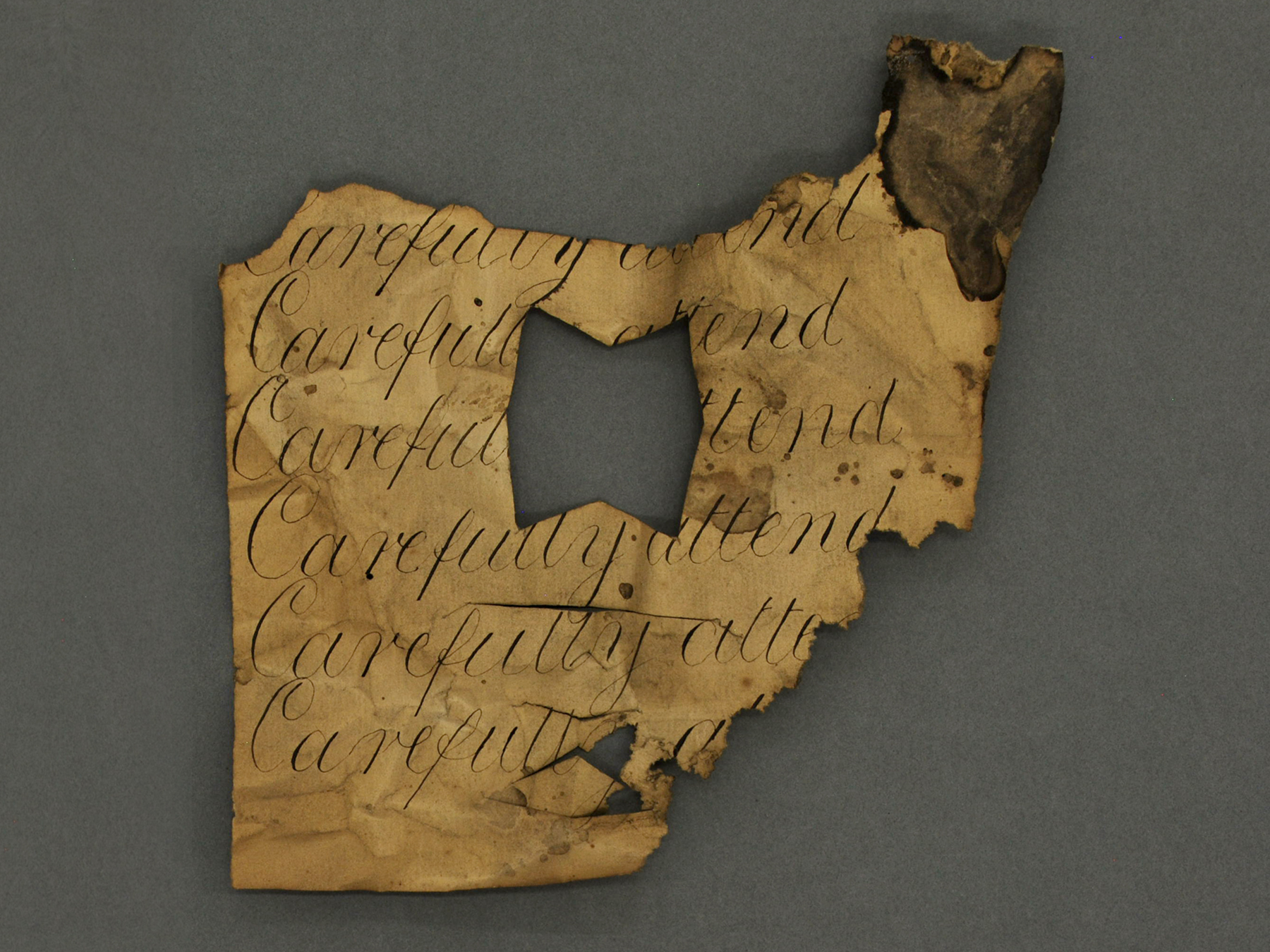
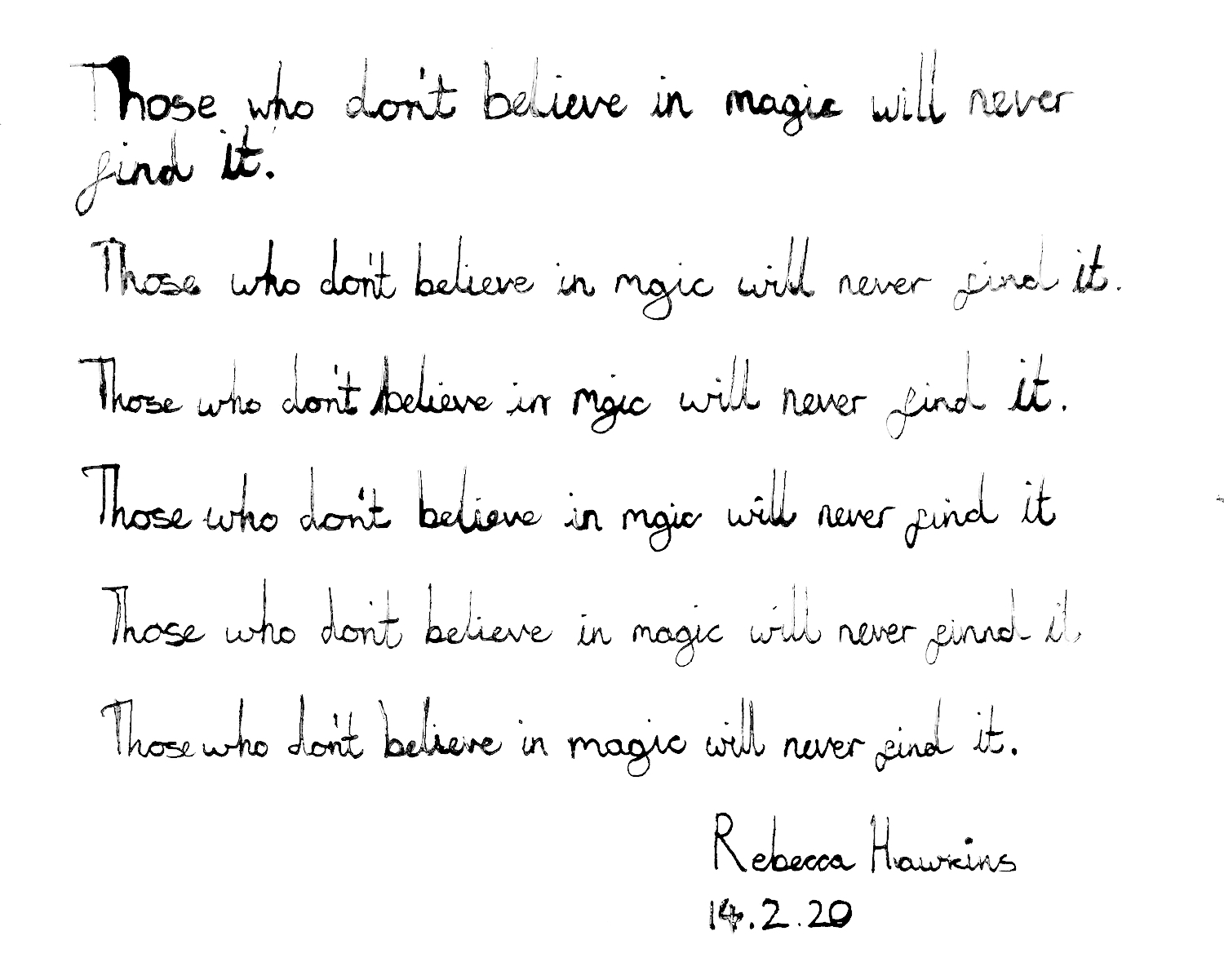
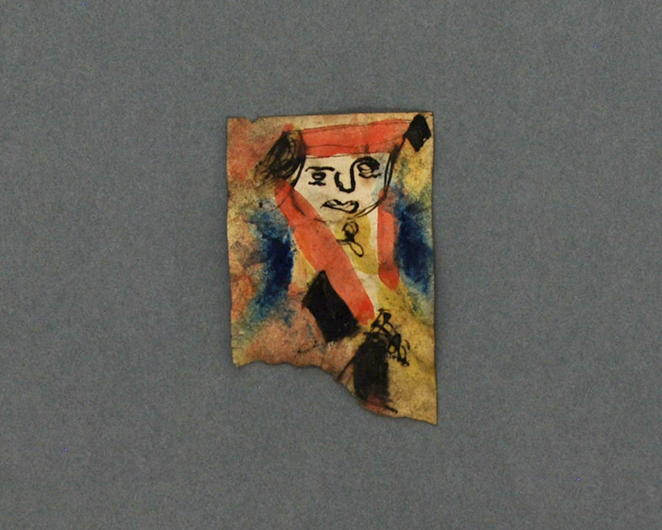
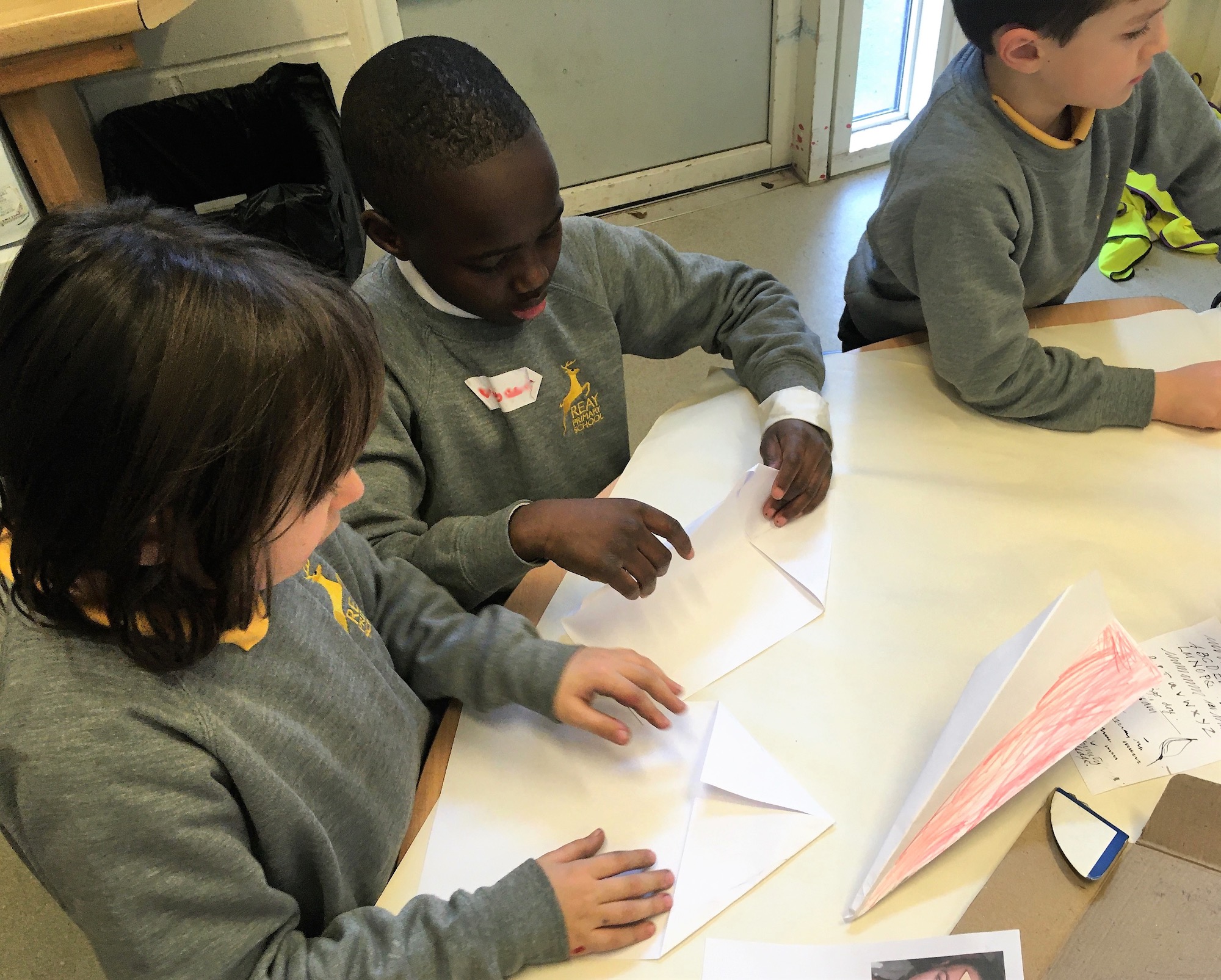
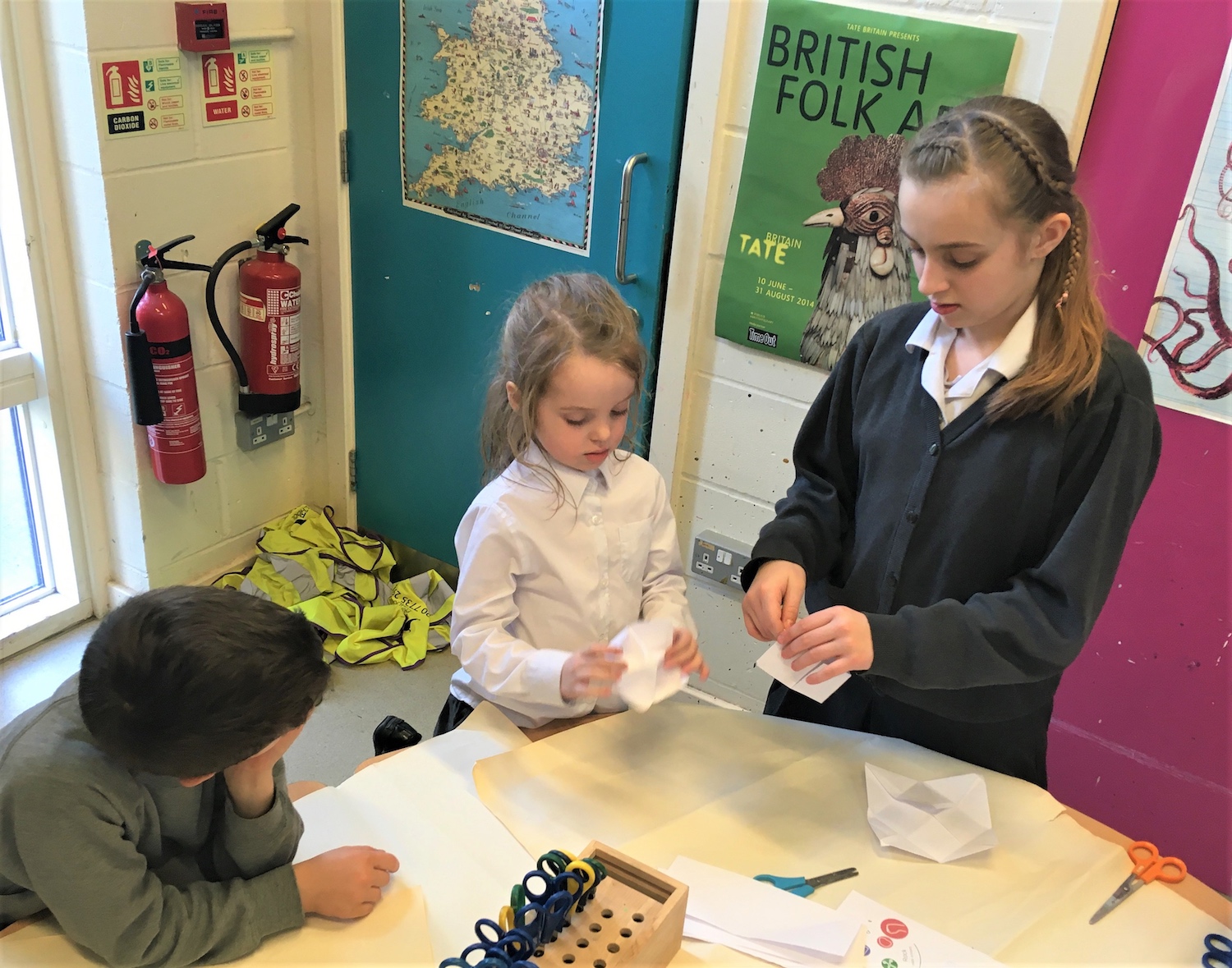
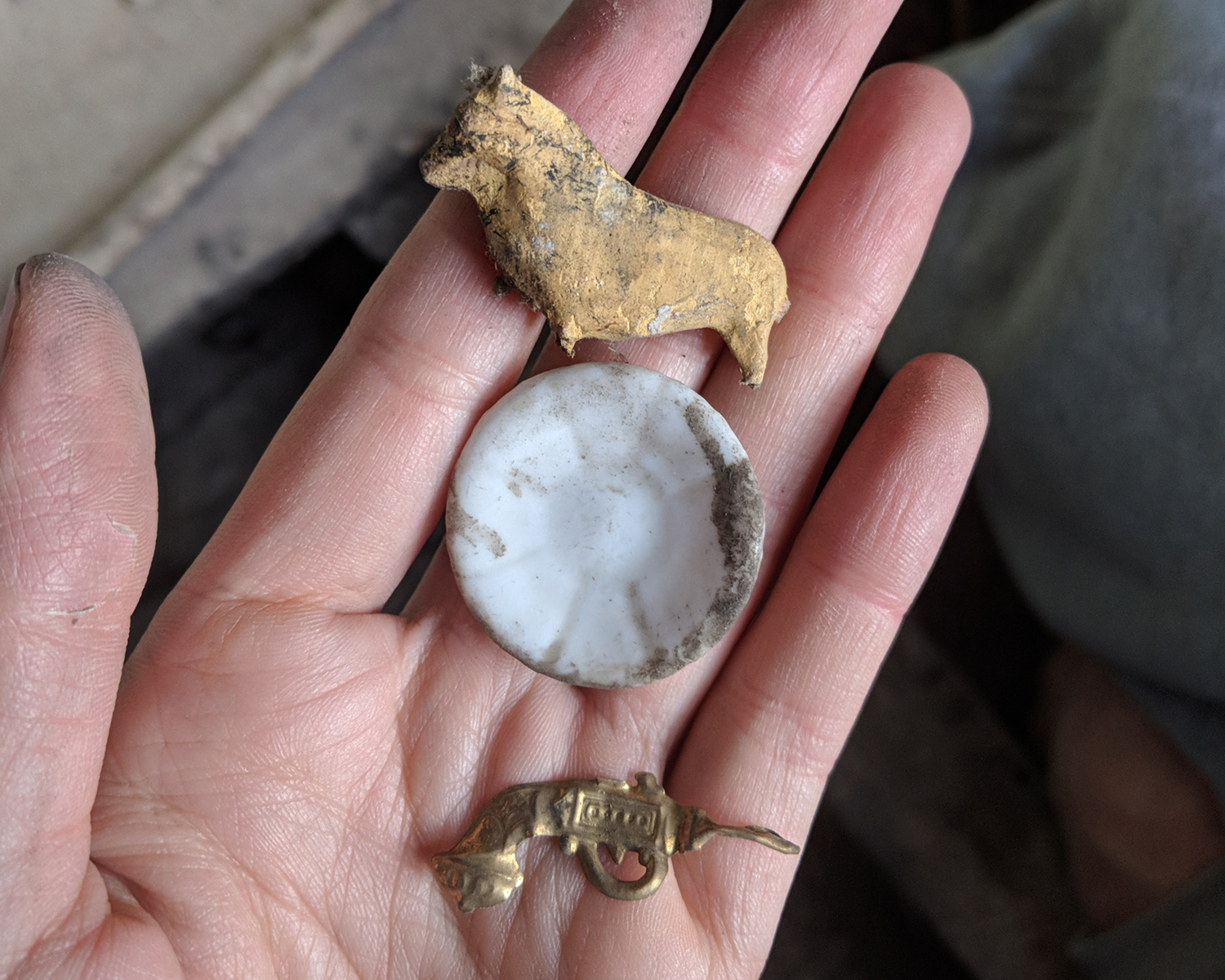

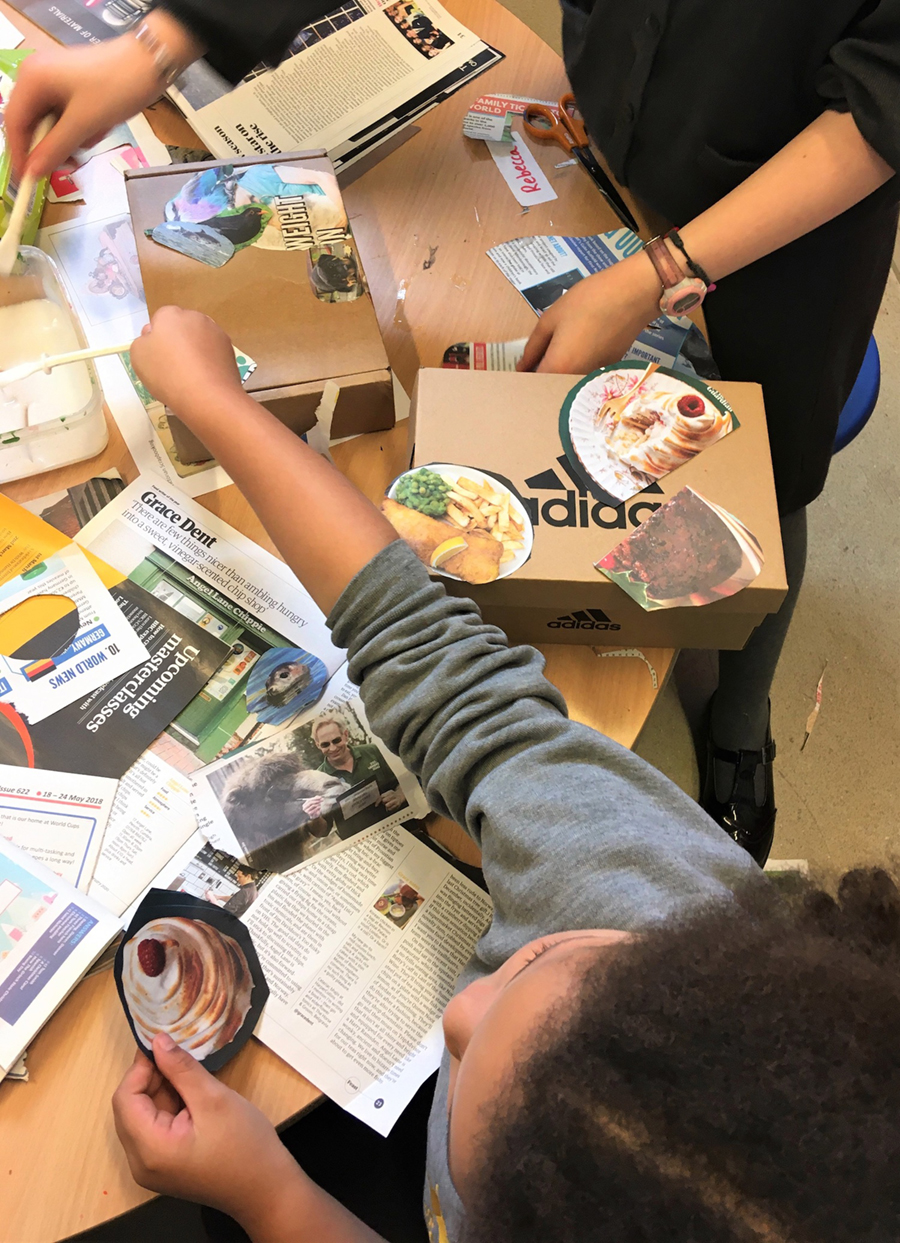
Have you made a time capsule or even just some of the objects to go in it? Perhaps the activities inspired you to try out some a different ideas? We’d love to know how you got on. Please Send us a photo or any comments via our instagram, twitter or facebook using #vincentstreasures, or via our email info@vangoghhouse.co.uk
Curriculum Links: Literacy, Art & Design, History (The Victorians, social history, local history), Science (materials, recycling).
Suitable for KS1 and KS2.
Created by Lucy Hall, Livia Wang and Janet Currier, with support from Oval Learning Cluster, The National Lottery Community Fund, Van Gogh House London and children and teachers from Reay Primary School.
© Van Gogh London 2021